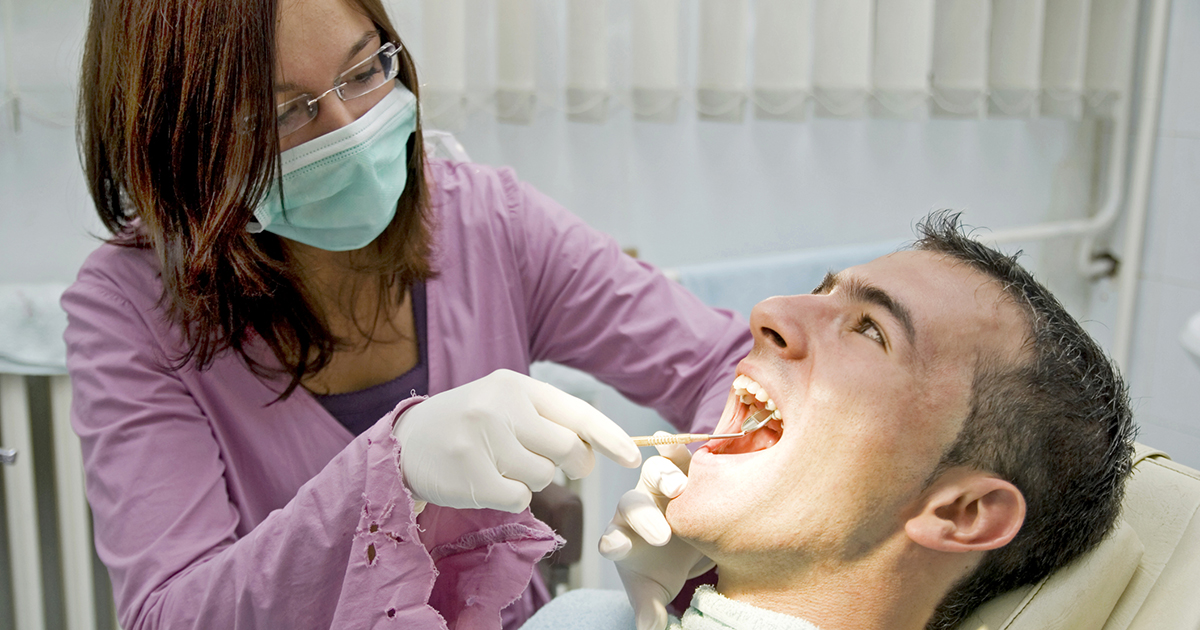Hypophosphatasia Treatment Options
Hypophosphatasia is the interference of normal mineralization of an individual’s bones and teeth. It is an inherited and relatively rare metabolic disorder found in both adults and children. While there are not currently any findings to cure hypophosphatasia, there are several treatment options to manage symptoms. Symptom management is crucial to maintaining a quality of life in all sorts of conditions, even beyond hypophosphatasia. Managing symptoms prevents anything from getting too out of hand and allows patients to live as normally as possible. Start reading now to discover some of the options available to patients for treating hypophosphatasia.
Dental Monitoring
The first treatment, dental monitoring, is a system by which the patient and the patient’s orthodontist monitors the progress of the patient’s teeth through the use of pictures, remote progress updates, and tracking the patient’s progress. The orthodontist can easily follow the progress of the patient both remotely and in the office, allowing for less frequent visits, more efficiency, and more progress. This can be useful for hypophosphatasia because patients and doctors can monitor whether or not their teeth are maintained fairly well despite the lack of normal mineralization required. This process also ensures the doctor is spending time with the patient and allowing them to feel properly cared for.
Reveal the next treatment option for hypophosphatasia now.
Restriction Of Calcium And Vitamin D In Diet

While both of these are generally highly recommended in a healthy diet, for hypophosphatasia, patients should consider restricting calcium and vitamin D in their diet to better combat the symptoms of hypophosphatasia. If you restrict calcium, vitamin D should also go hand-in-hand with it, as the use of vitamin D is primarily to break down calcium. With less calcium in the diet, the diagnosed individual will be able to manage their symptoms better and, hopefully, keep to something closer to normal mineralization of their bones and teeth.
Keep reading to review the details of the next treatment for hypophosphatasia now.
